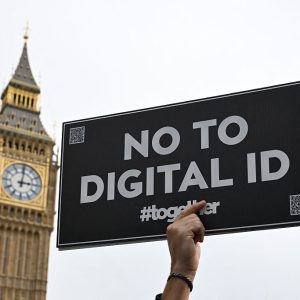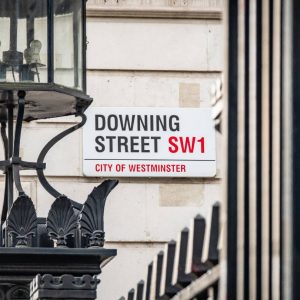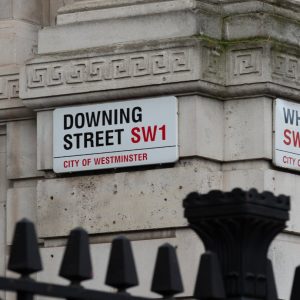
Before lockdown was introduced, Royal College of GPs’ data shows that approximately a quarter of GP appointments were carried out remotely and around 70% carried out face-to-face. However, since the introduction of lockdown these figures have reversed with approximately 70% of GP appointments being carried out via video or telephone,” Professor Martin Marshall, chair of the Royal College of GPs tells Tech Monitor.
Pointing the doctor to a rash on a part of your anatomy via Zoom is a trend that’s showing no sign of easing and, as the medical sector – like almost all other industries – adapts to a remote world, there are increasing signs that the changes will grow roots.
The latest indication that telehealth is here to stay comes with the announcement of a new £100m NHS England “framework” for online and video consultation services – which suggests the shift will lead to dramatic changes in how the NHS procures medical services, for example by letting NHS commissioners rapidly add “additional clinical capacity through an online consultation solution” that brings in digital-first locums; a move likely to prove controversial.
Teased via a public information notice in late September, the NHS says a full-fat contract notice should land on 16 November 2020. (A framework agreement lets buyers – across the NHS in this instance – place orders for services with a supplier or a range of suppliers without running lengthy full tendering exercises). The framework will be open to GPs, pharmacies, ambulance trusts, dentists and more across the UK.
It will facilitate improvements to IT infrastructure, more online services for patients, digital tools to increase staff flexibility and, ultimately, more staff, the NHS says.
NHS remote consultations: here to stay?
The new framework is part of an overarching NHS Long Term Plan, to offer a core digital service to all patients from April 2021, to be completed by 2023/24.
“Over the next five years, every patient will have the right to online ‘digital’ GP consultations” reads the plan. “Redesigned hospital support will be able to avoid up to a third of out-patient appointments, saving patients 30 million trips to hospital and saving the NHS over £1bn a year in new expenditure.”
An update to the GP contract agreement 2020/21 – 2023/24, released in August this year, states: “Digital delivery can offer flexible working for GPs, and contribute to securing the additional 6,000 doctors working in general practice… 6,000 extra staff are funded by the government through additional investment for NHS England and NHS improvement of £150m/£300m/£300mil/£300m between 2021 and 2024.”
Huge opportunities for digital-first organisations, but not everyone is happy…
Virtual healthcare can be beneficial for some, but this level may be damaging for those who need care most.
“Lots of people like the convenience of remote consultations,” John Kell, head of policy at the Patients’ Association, tells Tech Monitor.
“But a lot of people equally find it challenging and difficult to see doctors online. It doesn’t meet their needs well enough. They don’t get an accurate diagnosis. They don’t get accurate treatment, and then they find that it takes longer to sort out their problem.
“The big danger is lots of patients getting left behind.”
While virtual consultations will be better than not seeing a GP at all, Dr Richard Fieldhouse, the chairman of the National Association of Sessional GPs (NASGP), agrees that for patients, there can be complications, no matter how much of an improvement there is in digital capabilities on the delivery side. “It’s not without its complications,” he says.
“If you’re remote or don’t have that infrastructure, or you live in a flat, or there’s noise around, or you’ve got a crap computer…
“They [the patients] might be able to send you a high-quality image of their rash. But if they’ve got stomach pain or a discharge or whatever, they’re not feeling very well, [the technology] is very, very limiting to what you can do in order to help them.”
Prof Marshall of the RCGP adds: “As we move out of lockdown, we need to be able to offer a range of access options for patients to suit their needs and preferences. It is in no one’s interest for general practice to become a largely remote service as that will run the risk of isolating some patients, for example, those with complex needs as well as our less tech-savvy patients and those who don’t have access to the appropriate tech – this in turn risks exacerbating health inequalities.
“The way in which GPs switched to a largely remote service has been remarkable, and it has played an important part in helping to slow the spread of Covid-19.
“But moving forward, we envisage more of a balance in the way people access general practice services, perhaps with 50% face-to-face and 50% remote appointments. This seems realistic and sensible.”






